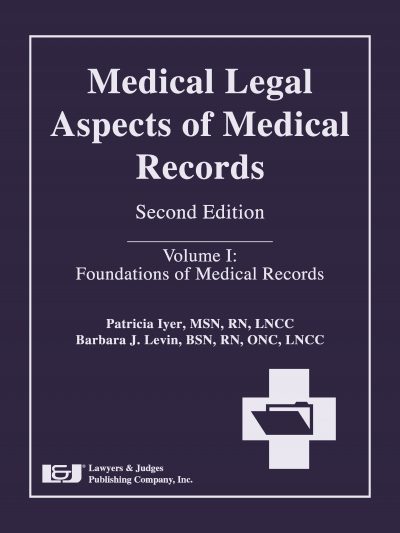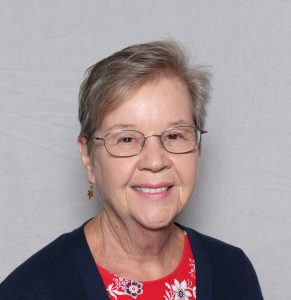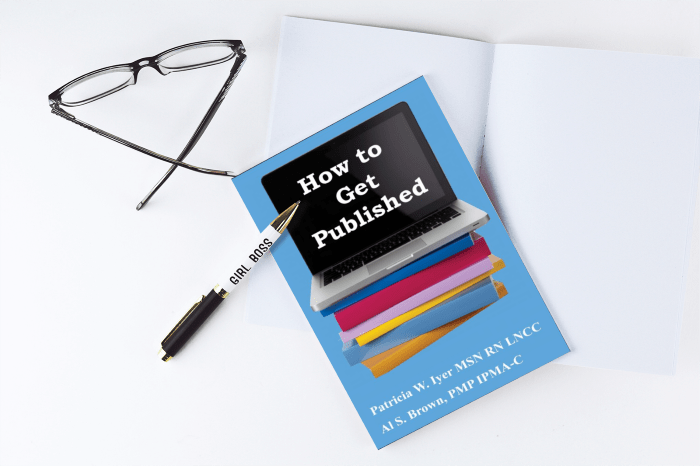 When we read something, we don’t pay much attention to subjects like long sentences, paragraphs, and chapters—until they interfere with our reading. That’s the point at which the writer is in danger of losing his or her audience. You don’t want that point to come. Shorter is better.
When we read something, we don’t pay much attention to subjects like long sentences, paragraphs, and chapters—until they interfere with our reading. That’s the point at which the writer is in danger of losing his or her audience. You don’t want that point to come. Shorter is better.
The All-Important Word Count
Prospective authors often ask me about the best length for a book. Non-fiction books have decreased in length over the years. You can write as few as 25,000 words and call it a book. (In fiction, this would be a novella or even novelette.)
Probably the average length of a how-to book runs up to 50,000 words. Experts’ estimates of how long individual chapters are in the range of 2,500 to 5,000 words. Each chapter should be approximately of the same length.
 The publisher of my hard cover texts told me, when I asked, “Make the chapter as long as needed to cover the subject.” My Nursing Malpractice, Medical Legal Aspects of Pain and Suffering, Medical Legal Aspects of Medical Records, and Nursing Home Litigation books are long text books.
The publisher of my hard cover texts told me, when I asked, “Make the chapter as long as needed to cover the subject.” My Nursing Malpractice, Medical Legal Aspects of Pain and Suffering, Medical Legal Aspects of Medical Records, and Nursing Home Litigation books are long text books.
The most important element, though, is how many subjects you have. If you’re writing about starting a small business, and you identify how many topics you want to include, make each topic a chapter.
This helps the reader not only in the first reading but in later finding topics they want to review.
Another advantage is that shorter is better when it comes to short chapters. They are easier to read and absorb. For the reader who picks up books before going to bed and promises himself to read one chapter, this format is very satisfying. A 2,500-word chapter (about 10 double-spaced typewritten pages) is a reasonable amount of reading.
Break Up the Text
For a book, I would recommend 4-5 sentences per paragraph. Equally important is the length of these sentences.
Do you notice that when a sentence goes on and on, you lose its flow and drift away? You don’t want that to happen when someone reads your writing. Generally, the average sentence is between 10 and 20 words long. Shorter is also better when it comes to sentences.
Also consider the length of the words. Ideally, read everything you write out loud. This is a good way to know if a sentence is too long.
Use Subheads Because Shorter is Better
This is crucial in nonfiction. Each chapter has subdivisions that should be announced with a subhead. This breaks up the text and also helps the reader identify important subtopics. This, again, will help when she’s reviewing the text.

Use Numbered and Bulleted Lists
These lists present information in easy-to-scan formats. They are necessary if you’re giving instructions. You don’t want to write, “First, you do this, and next, you do that.” Use the simple numbered list.
Bulleted lists are used more to highlight important facts in the text. They are sometimes in bold type.
Get An Idea of How Your Text Will Look in Printed Format
You may not know exactly how big your book will be yet, i.e., 6” x 9”, 5-1/2” x 8,” but you can set your left and right-hand margins in Word to 4-1/4” and have the approximate left and right margins for a book 6 inches wide.
11 pt. is a standard size. Set your type for that in the paragraph section under Format, and set the line spacing for single-spaced at 13. This will give you a good idea.
Then look at it. Do you see big, dense blocks of type? Get to work. Create inviting pages with plenty of white space. Give your readers’ eyes a break, and they’ll keep reading.
- There is an article or book trapped inside you that is aching to get written
- You are interested in developing or expanding your ability to write for publication.
- You are unsure how to get started as an author.
- The idea of writing seems so overwhelming that you do not know how to start.
- You are afraid of being embarrassed by misusing words.
- You are concerned with avoiding traps associated with being an author or editor.
If you liked this post, you’ll love How to Get Published.
 Pat Iyer is an editor, author, book coach and ghostwriter who helps individuals create books that encourages their expertise to shine and advances their businesses. She has written or edited 48 of her own books.
Pat Iyer is an editor, author, book coach and ghostwriter who helps individuals create books that encourages their expertise to shine and advances their businesses. She has written or edited 48 of her own books.

